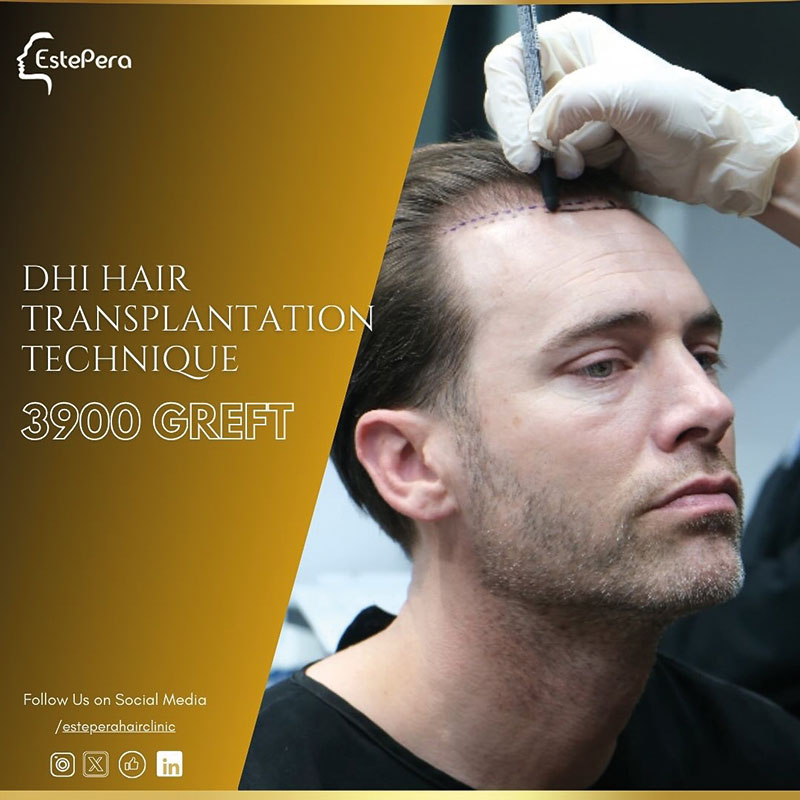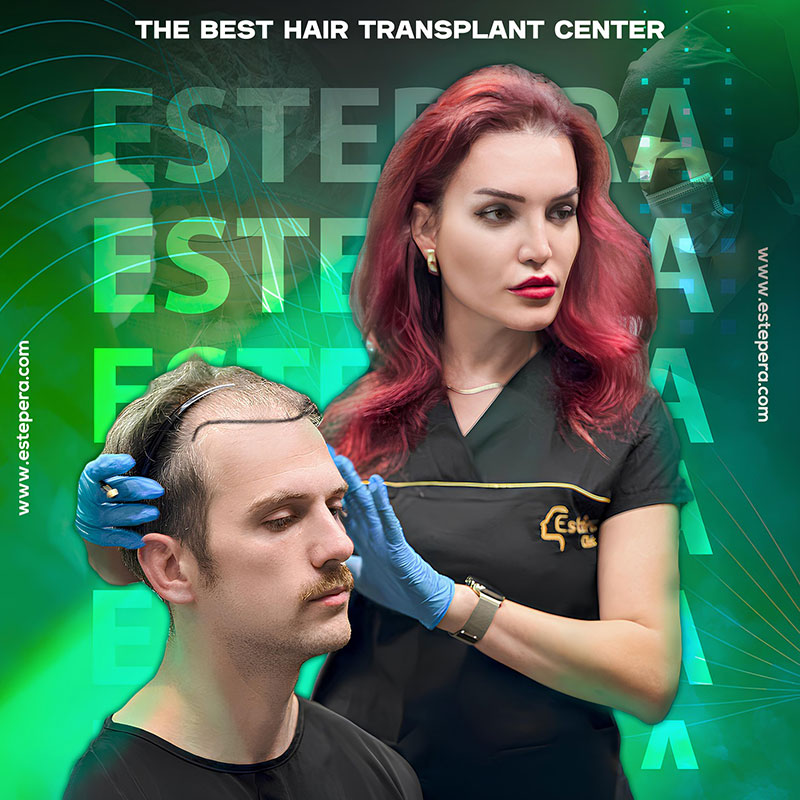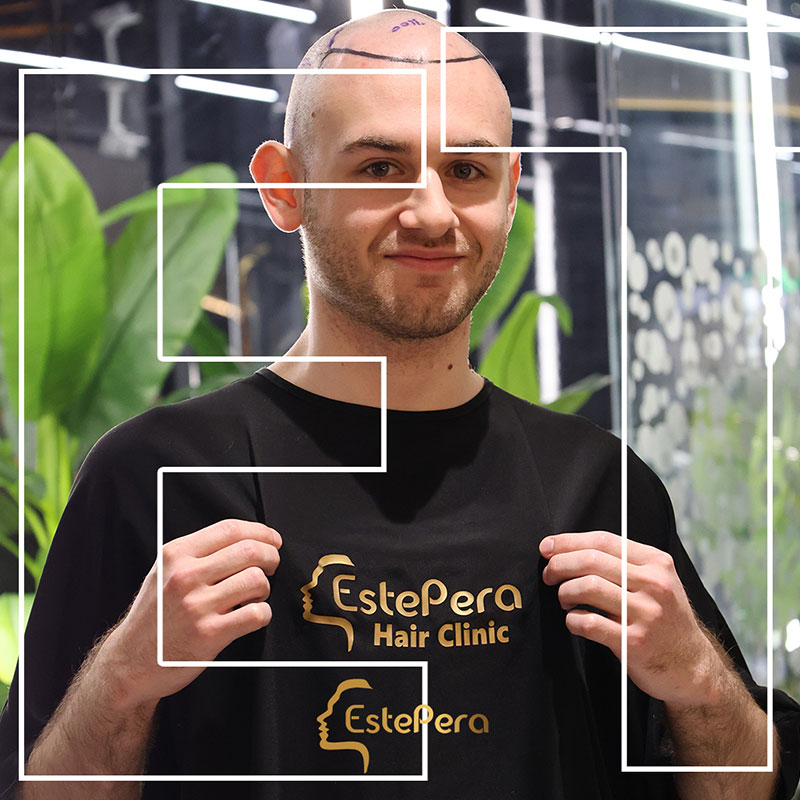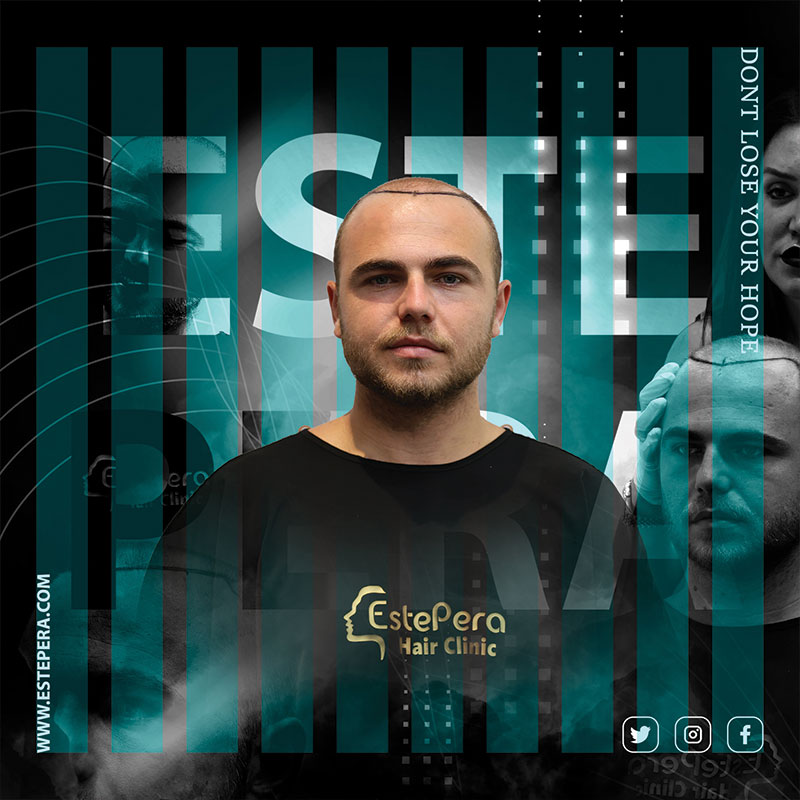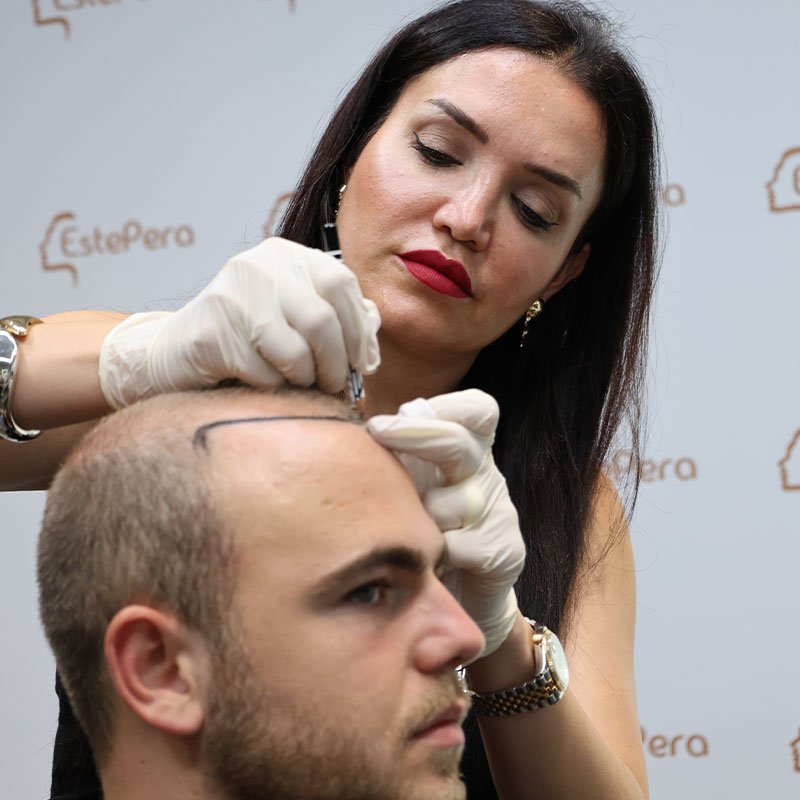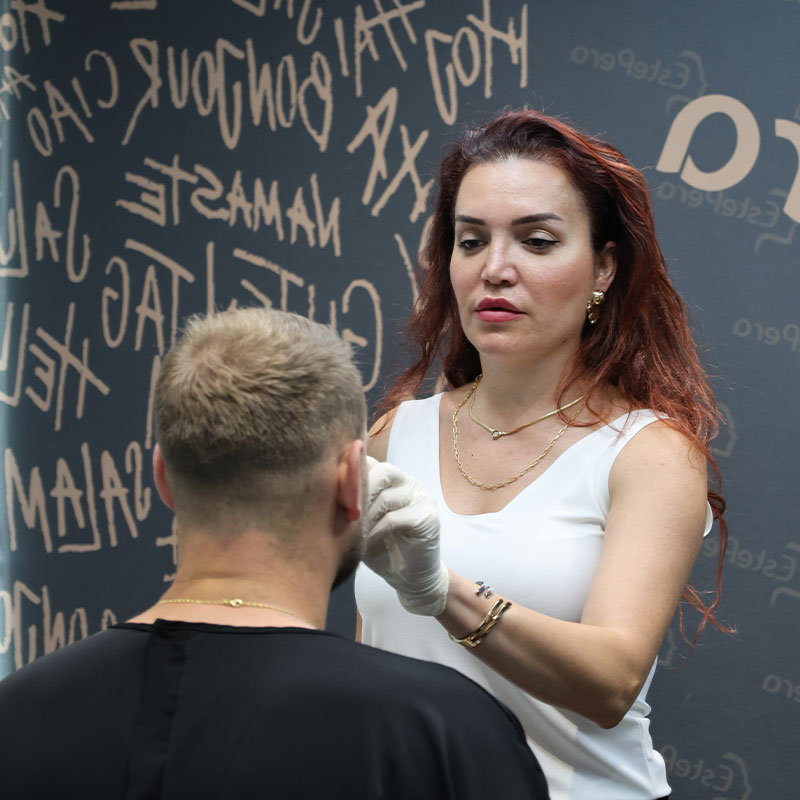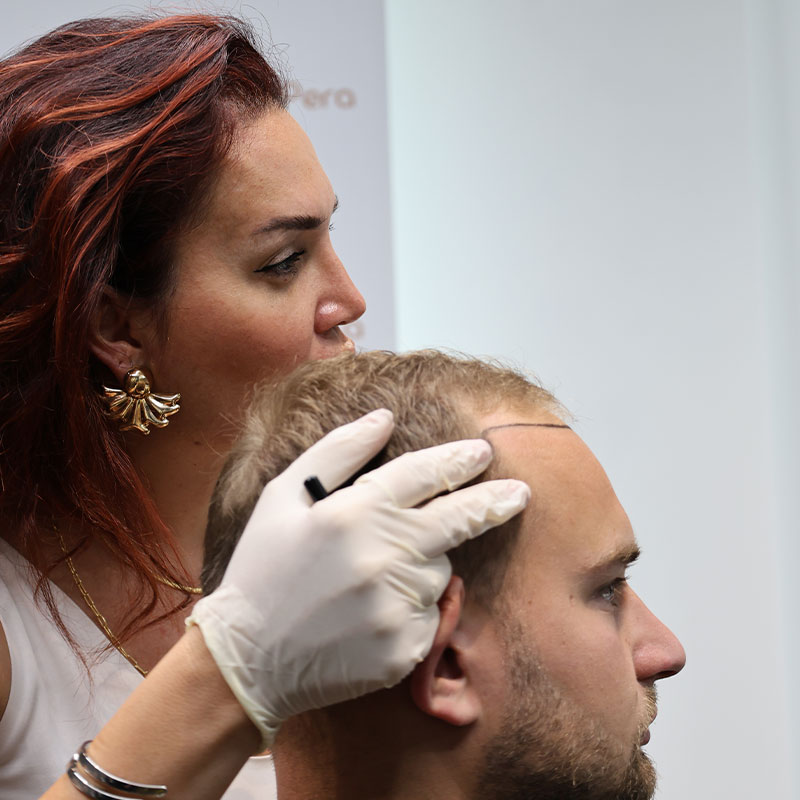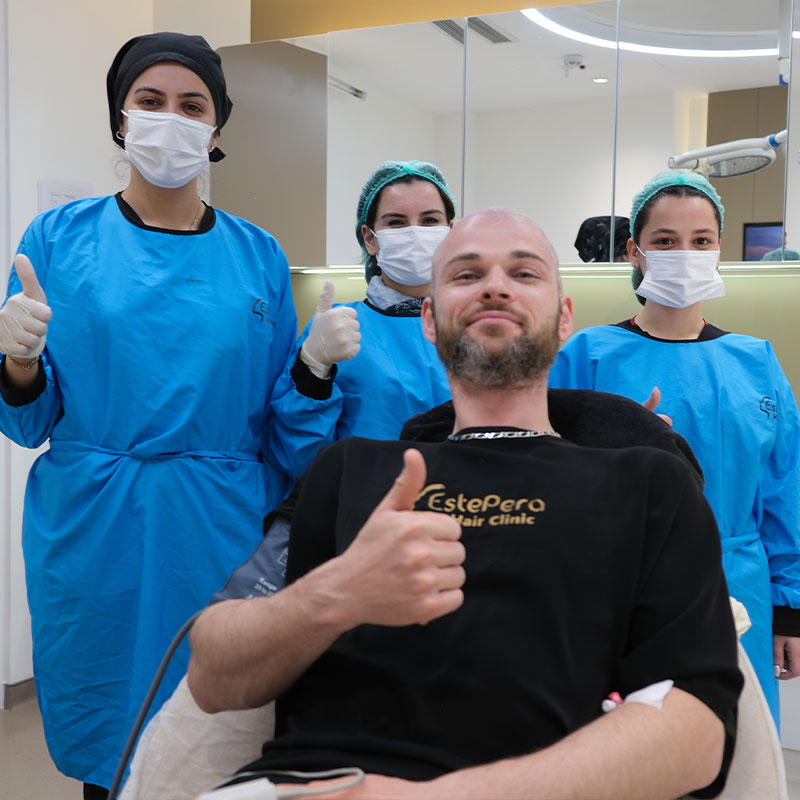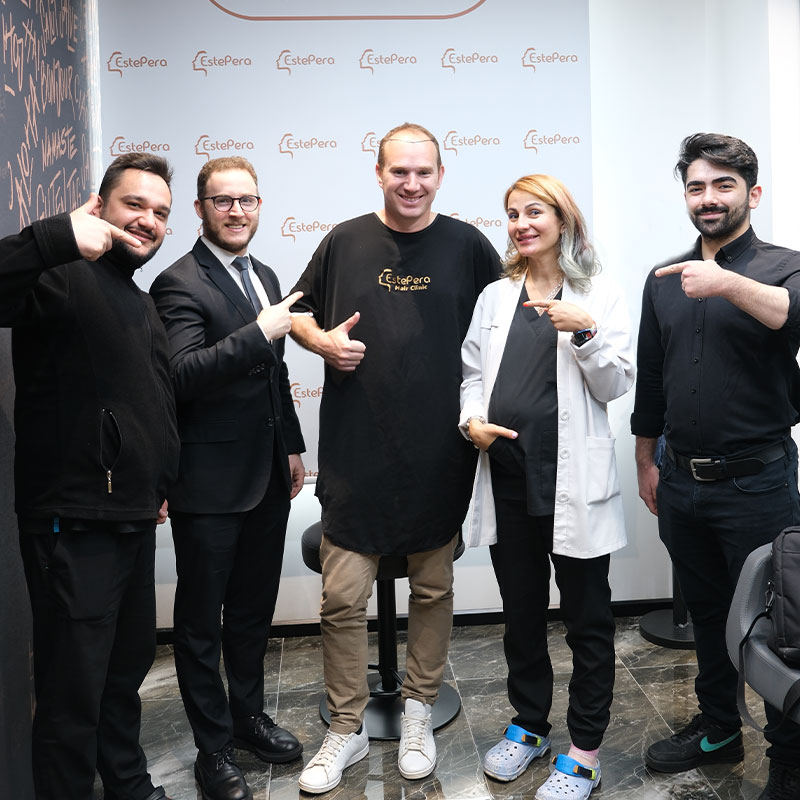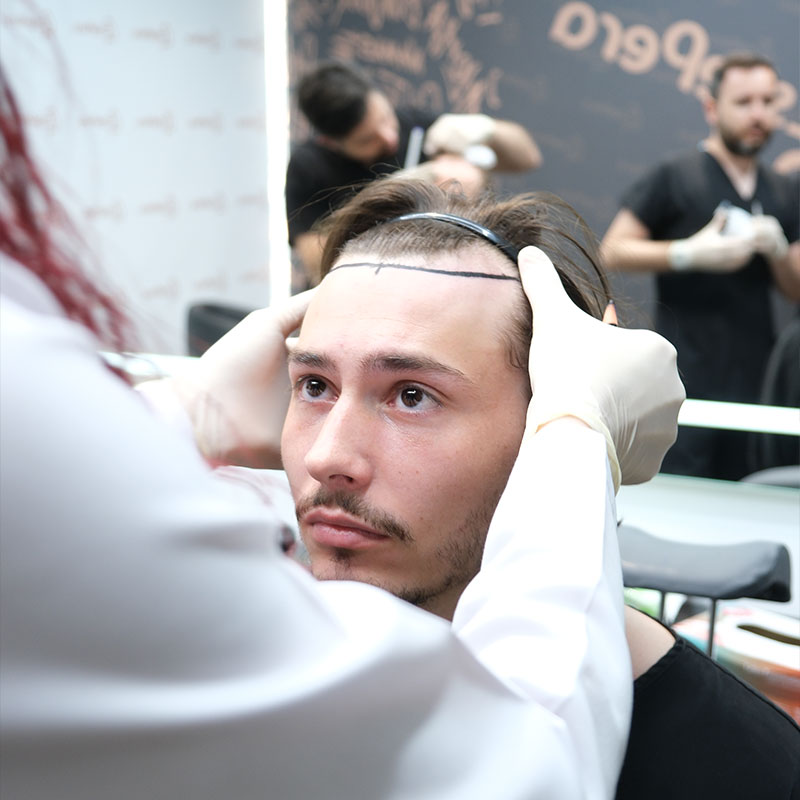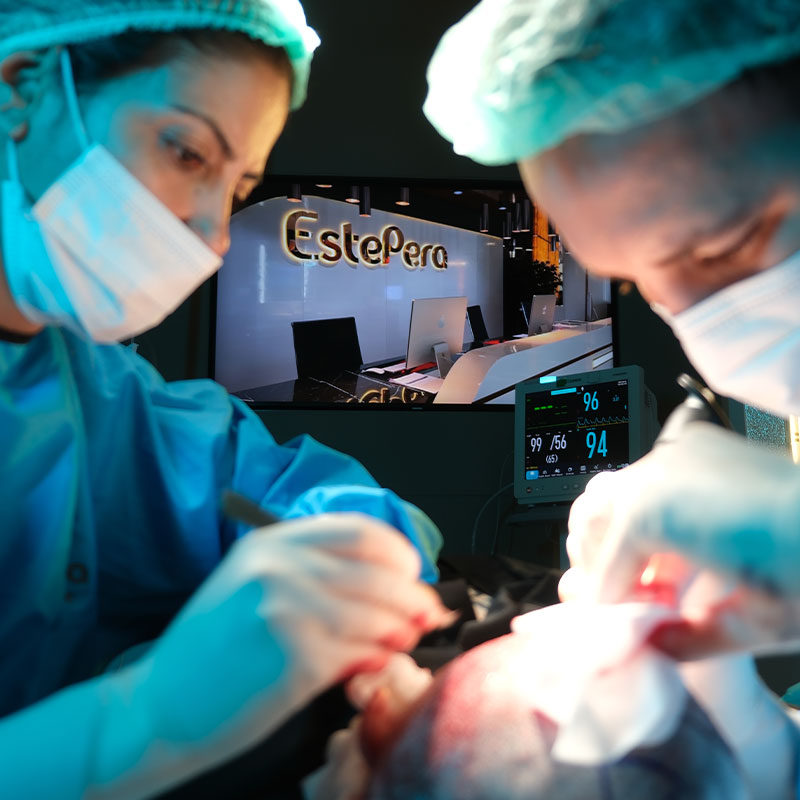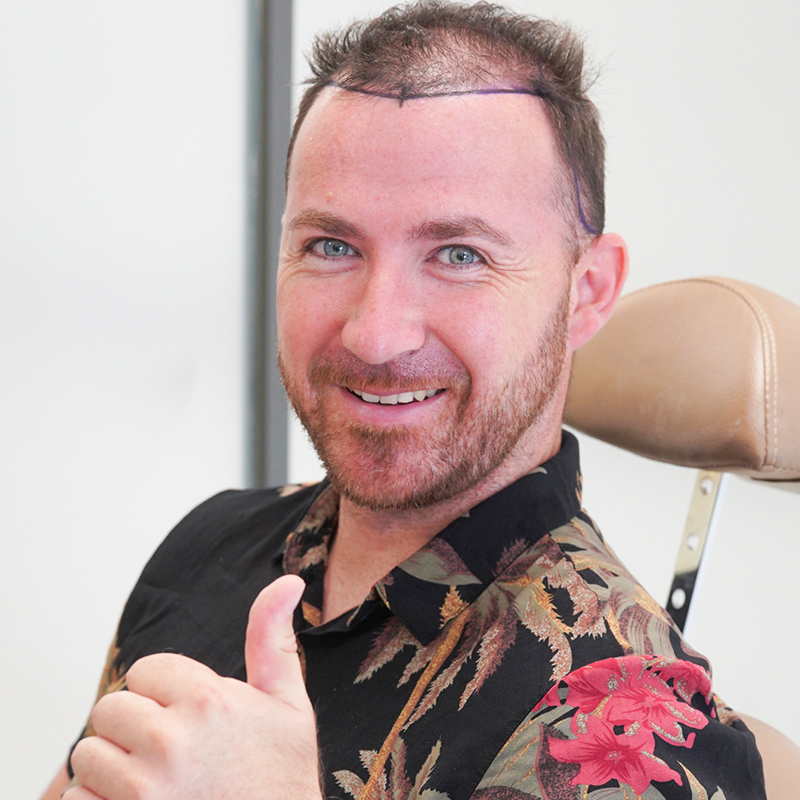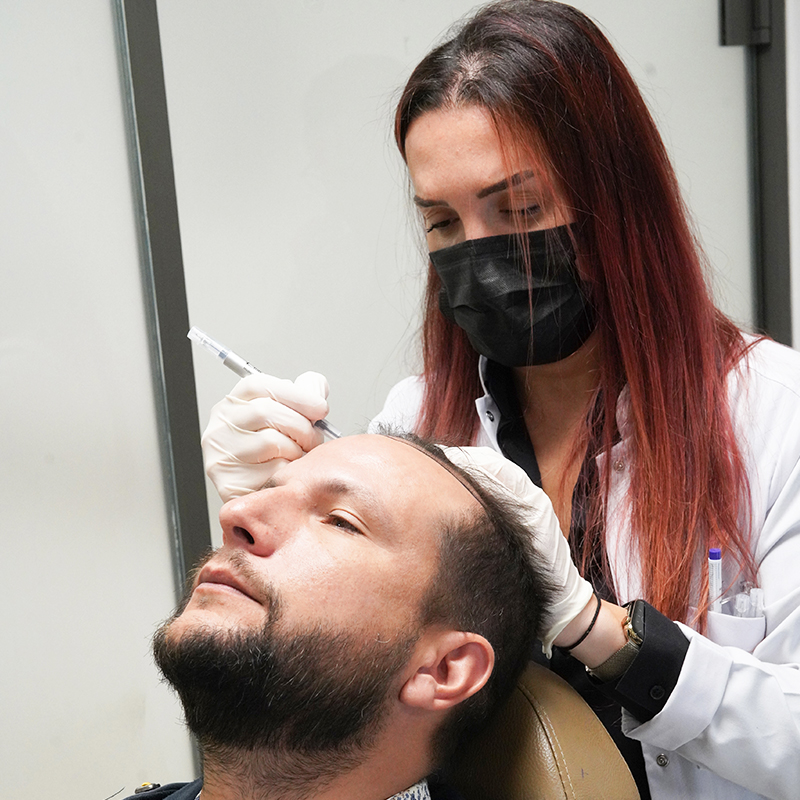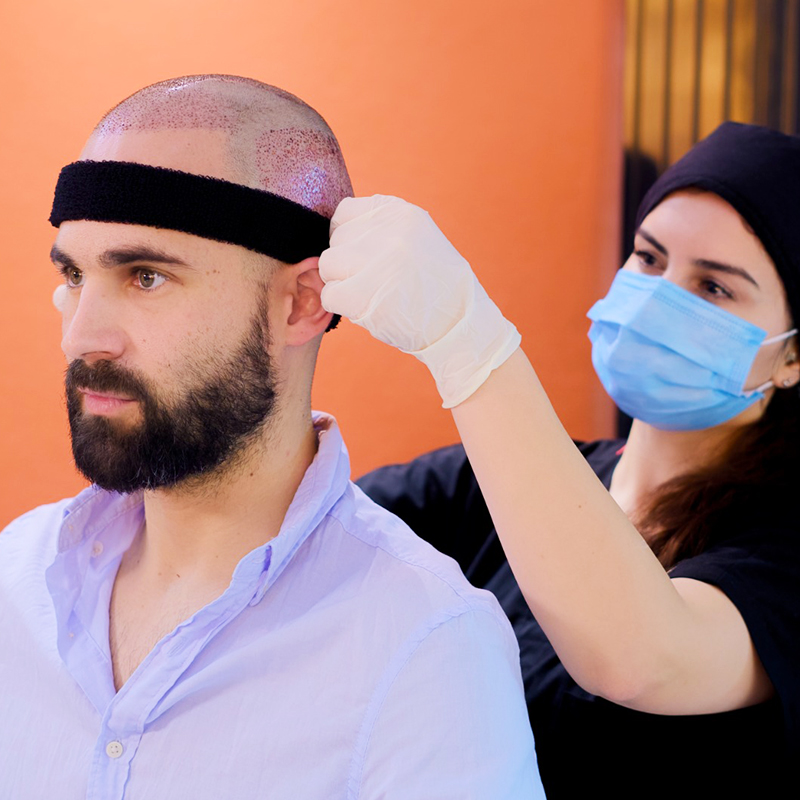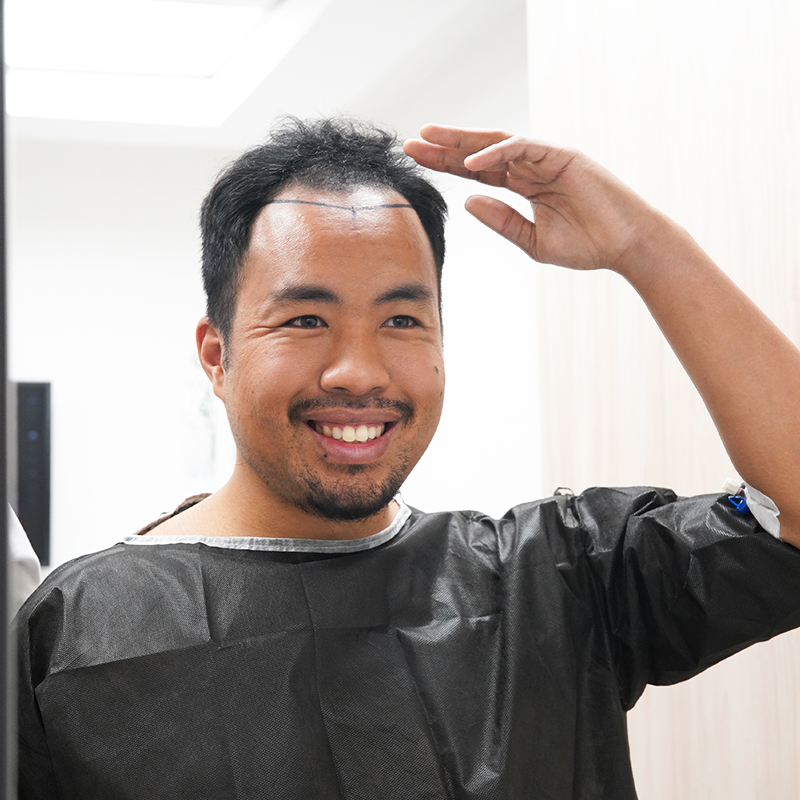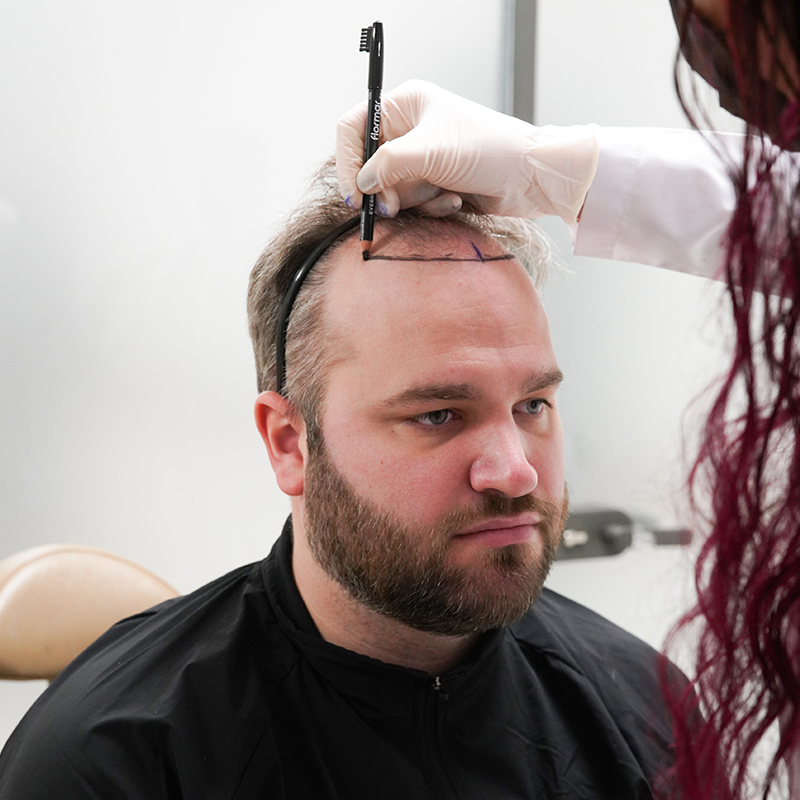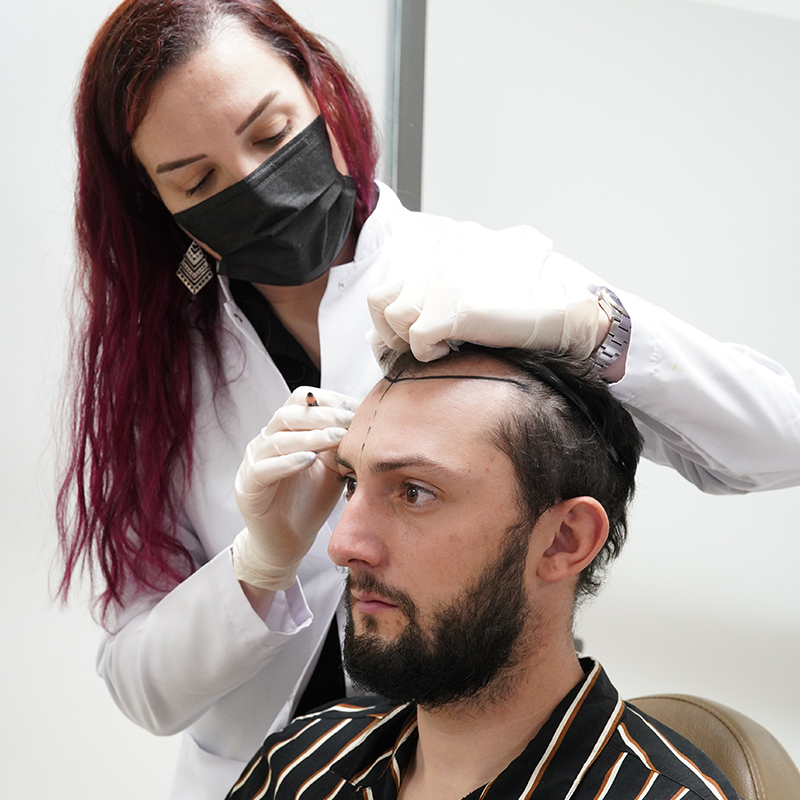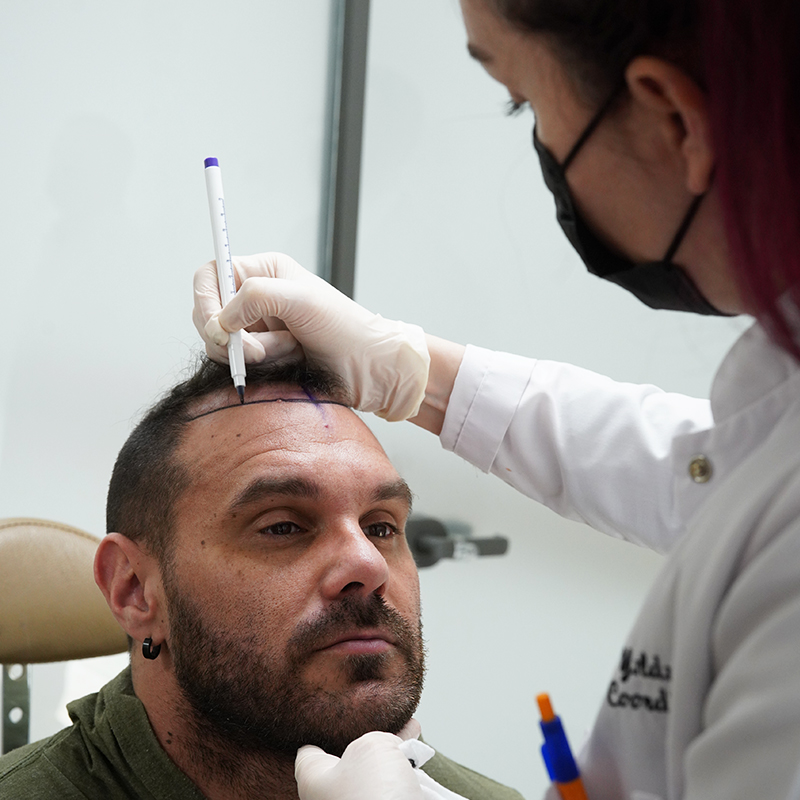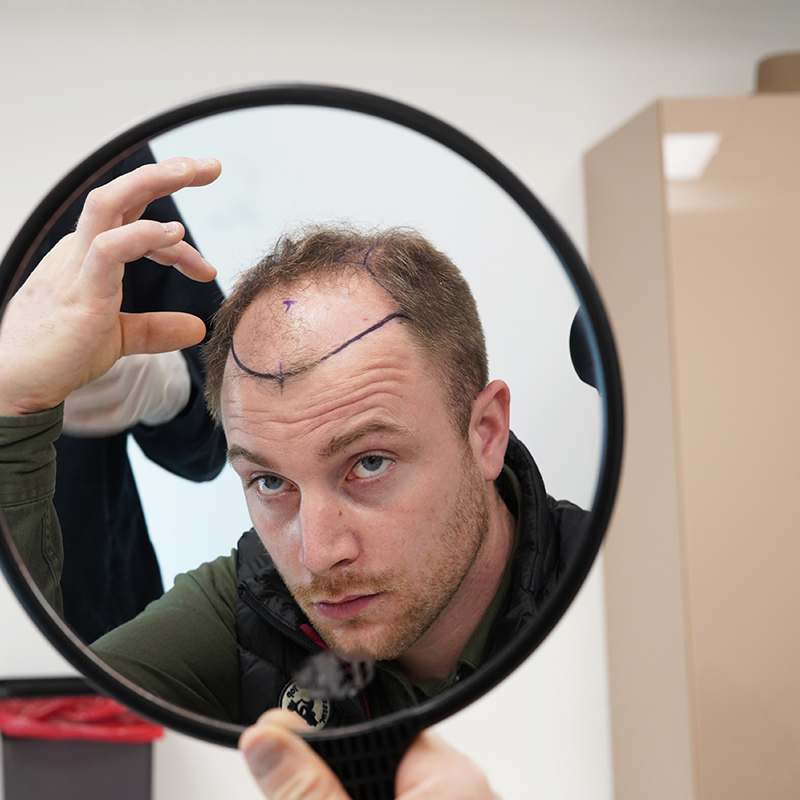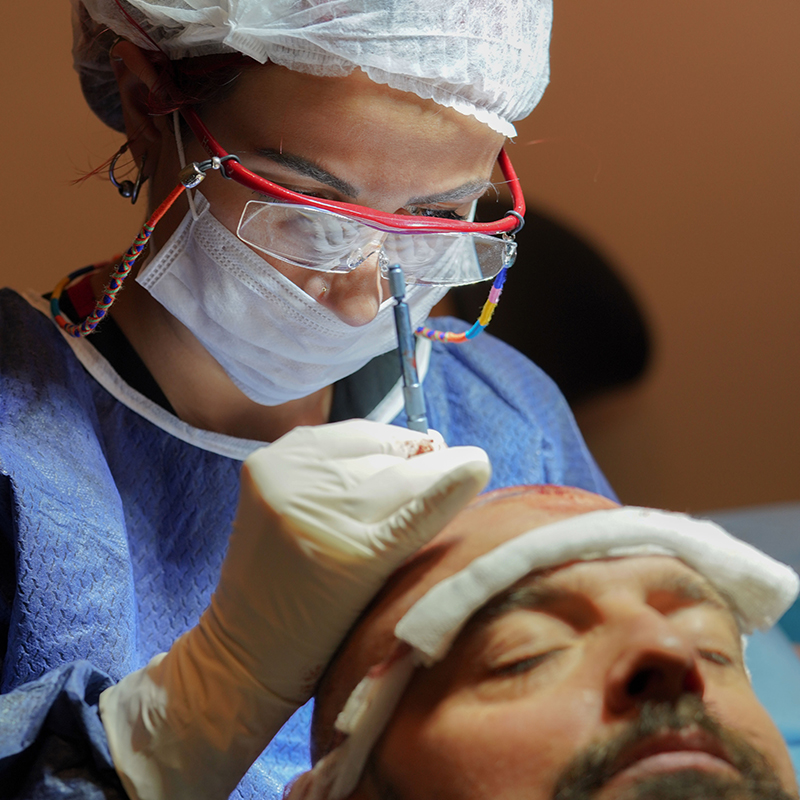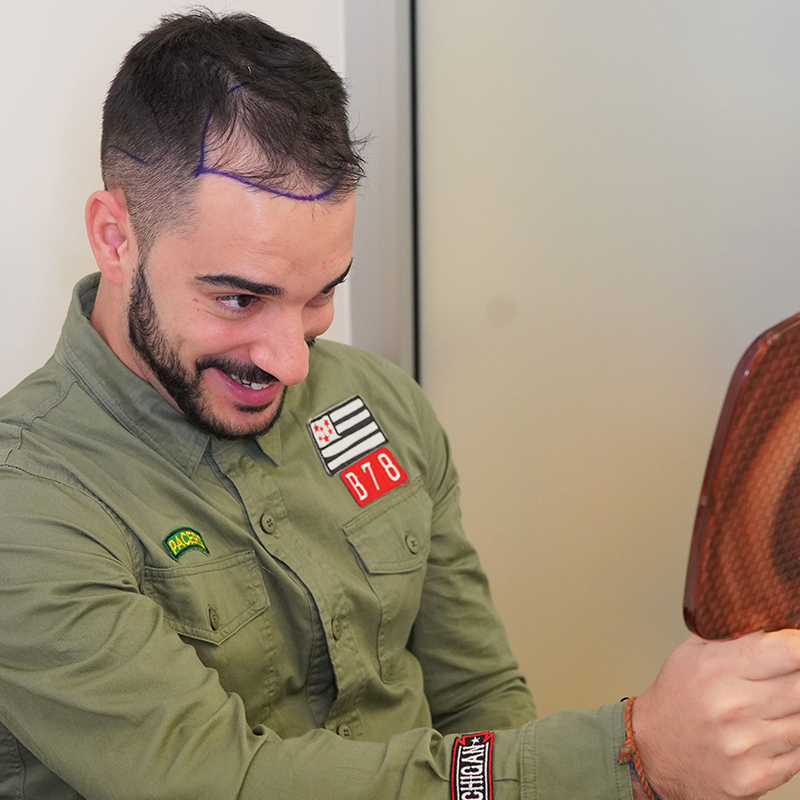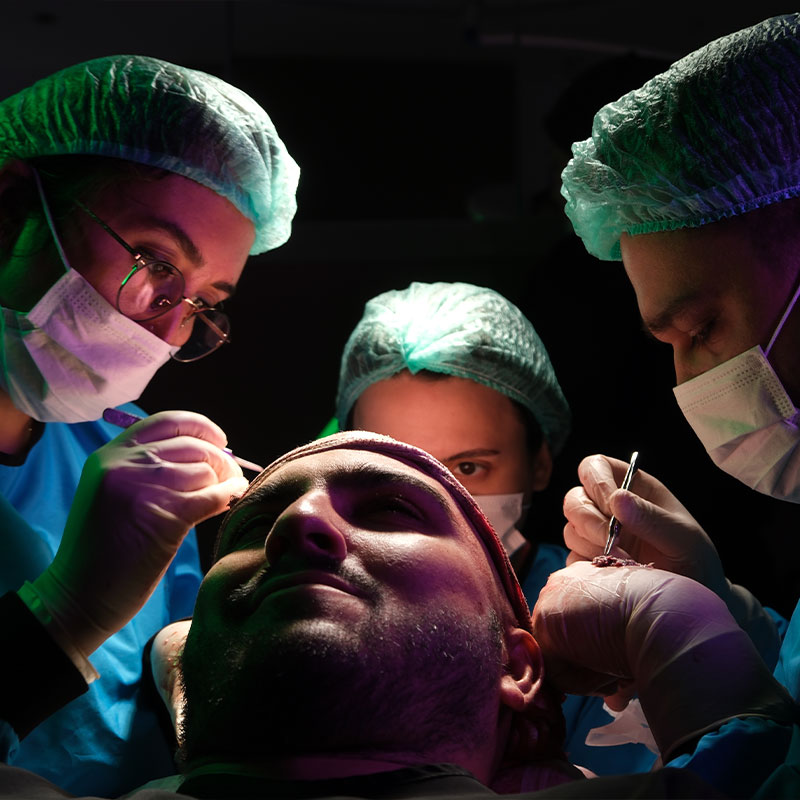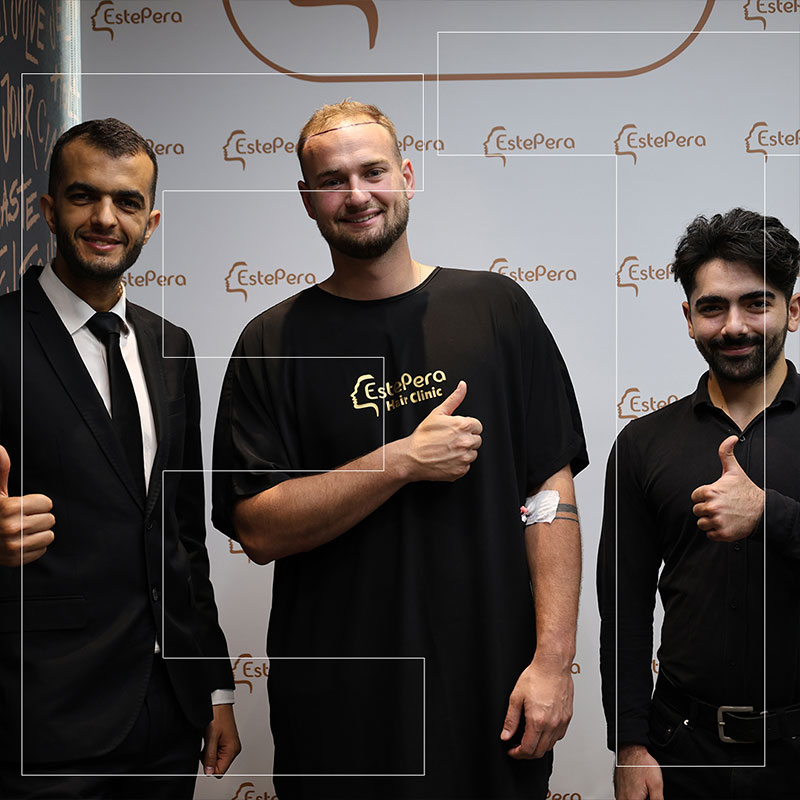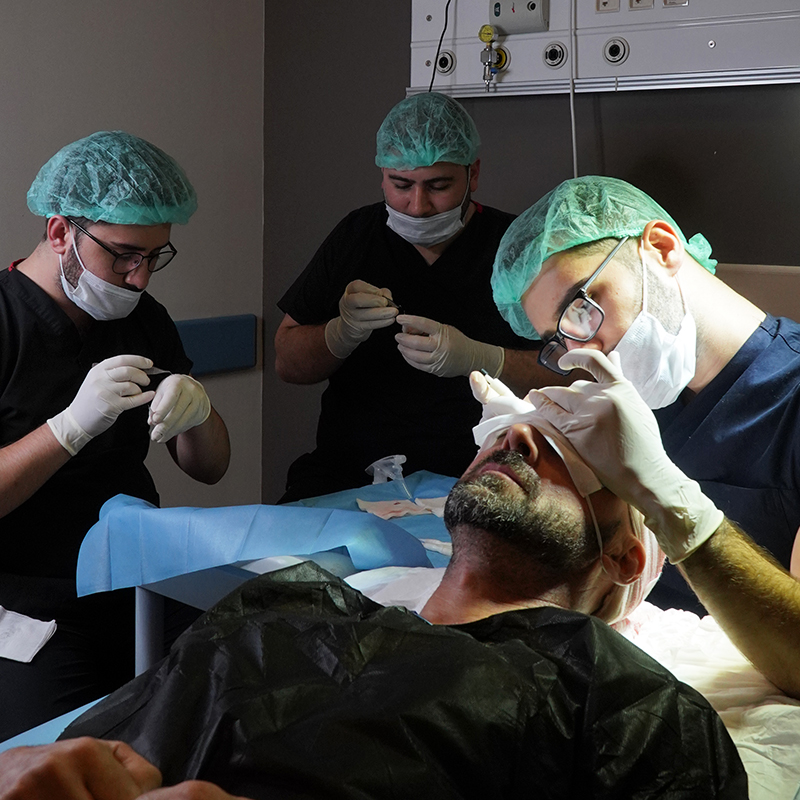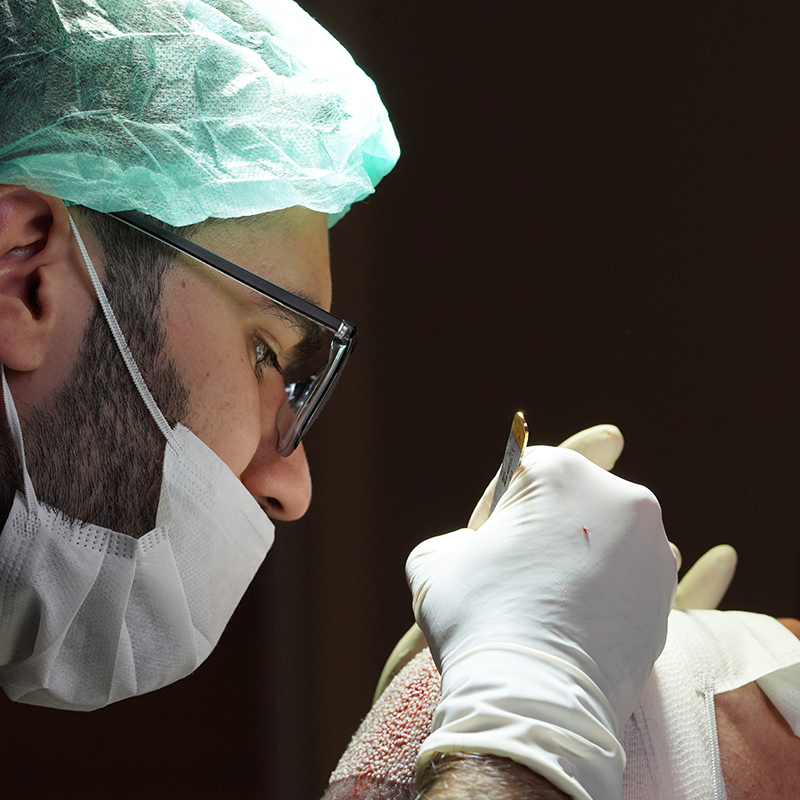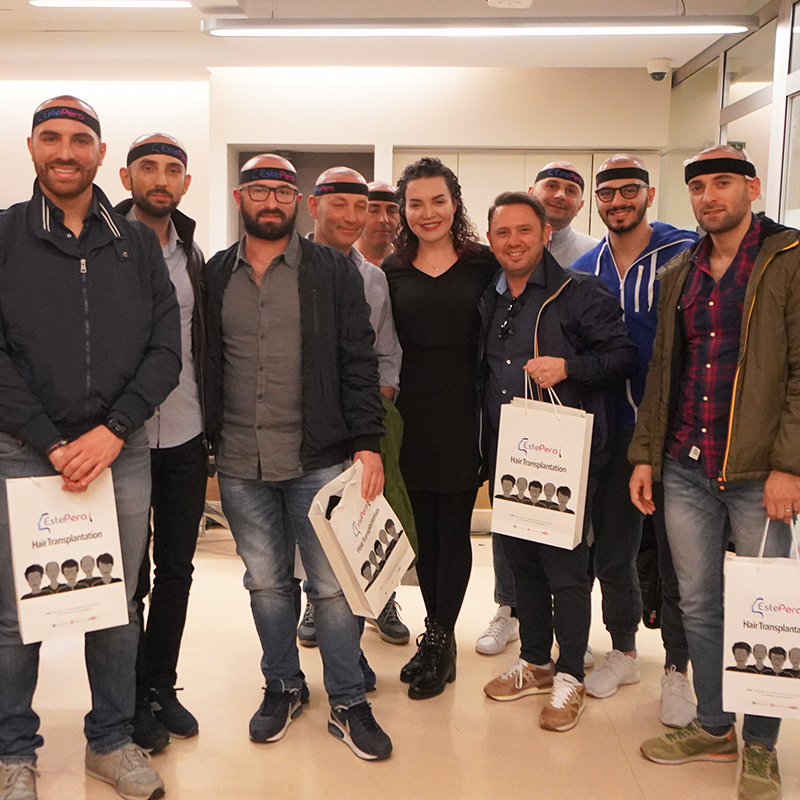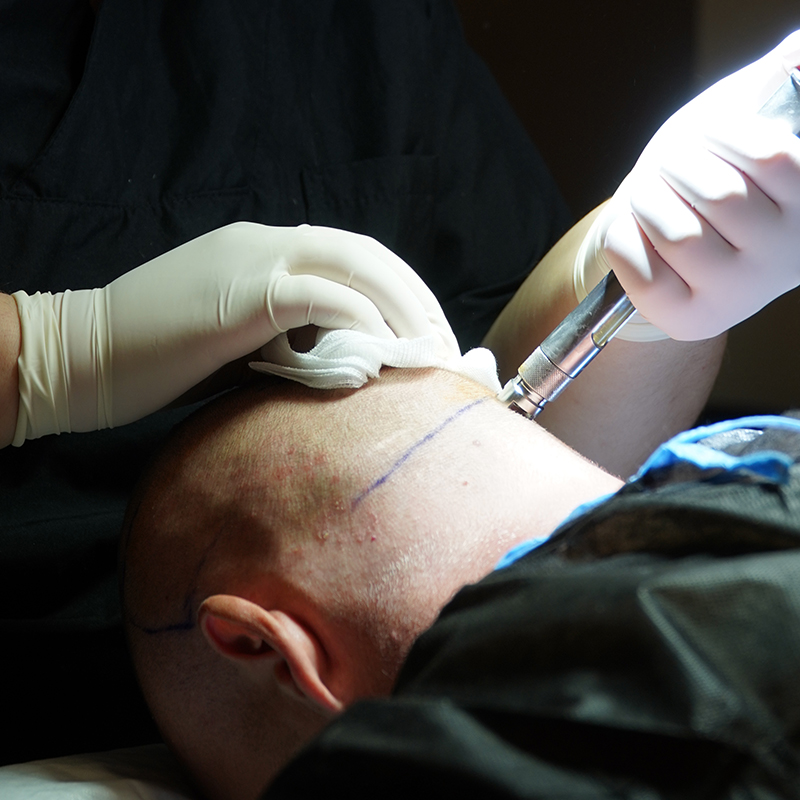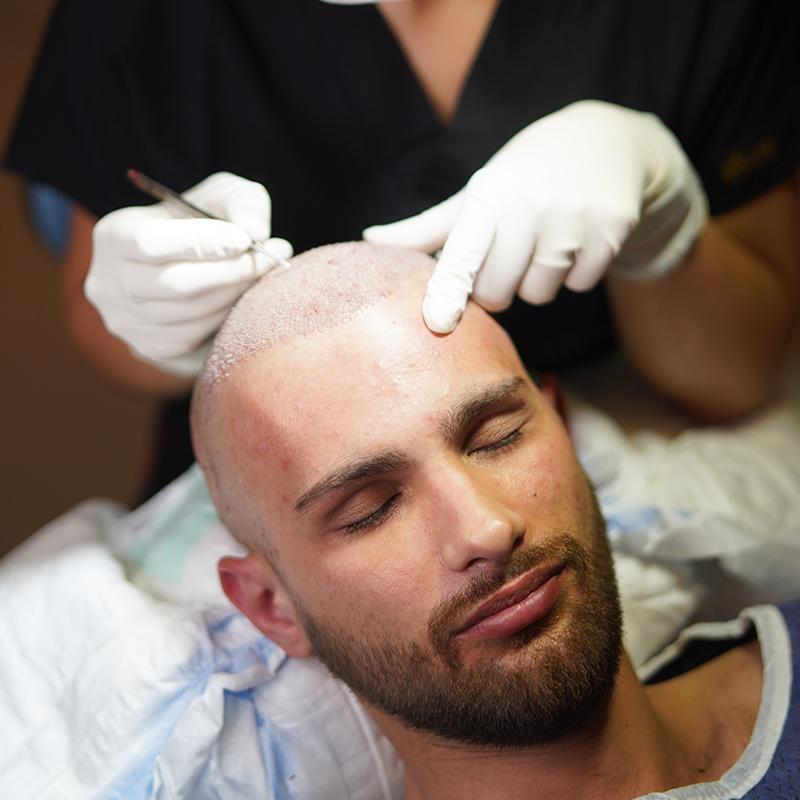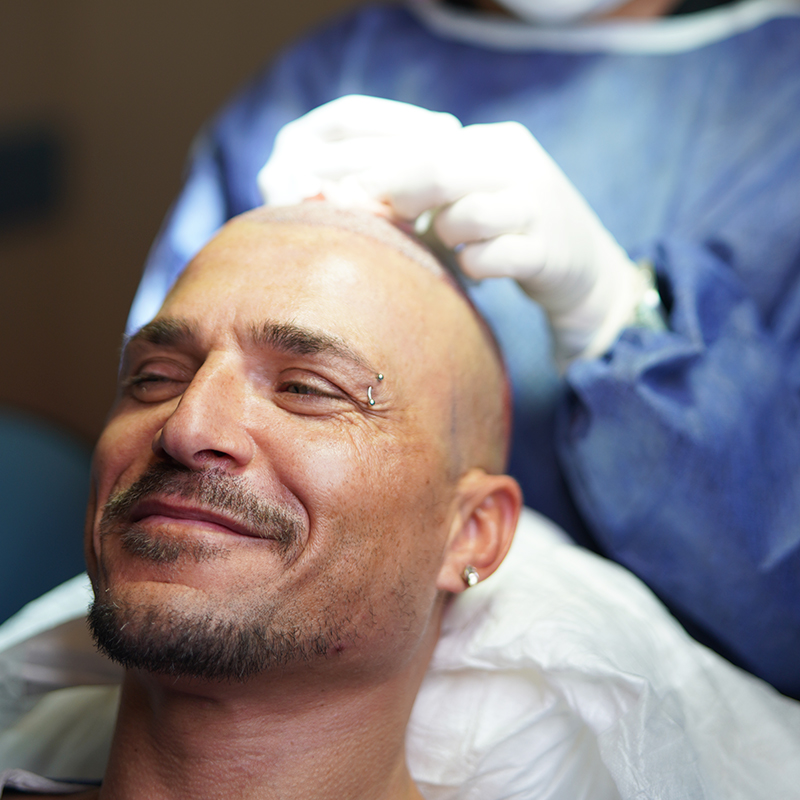Hairline Types for Men and Women: Complete Guide to Shapes, Changes, and Treatments
The hairline is one of the most defining features of a person’s face. Whether you are a man or a woman, your hairline frames your appearance, contributes to facial balance, and influences how youthful or mature you look. While every individual has a unique hairline, most fall into recognizable categories. Genetics, hormones, aging, and lifestyle all play a role in shaping where your hairline sits and how it evolves over time.
For some people, the hairline is a point of confidence, while for others, it can cause self-consciousness—especially when it starts to recede or change shape. The good news is that hairline variations are natural, and if desired, modern treatments exist to adjust or restore them.
In this guide, we will break down the different hairline types for women and men, explore the reasons behind their changes, and review both natural and medical ways to enhance or restore a hairline.
What Is a Hairline?
The hairline is the edge of your hair growth at the top of your forehead. It marks the transition between your scalp and face, and it can vary in height, width, and shape. While some people have straight or rounded lines, others may have peaks, asymmetry, or receding patterns.
A hairline is not fixed—it can shift over the years. For women, hormonal changes like pregnancy and menopause may cause temporary or permanent alterations. For men, genetics and male pattern baldness are the leading factors behind hairline recession.
From an aesthetic perspective, the hairline matters because it defines facial symmetry. Many cosmetic surgeons and hair transplant specialists consider it central to the “golden ratio” of facial balance. A well-positioned hairline can make the face appear more harmonious, while an uneven or receding one may shift perceived proportions.
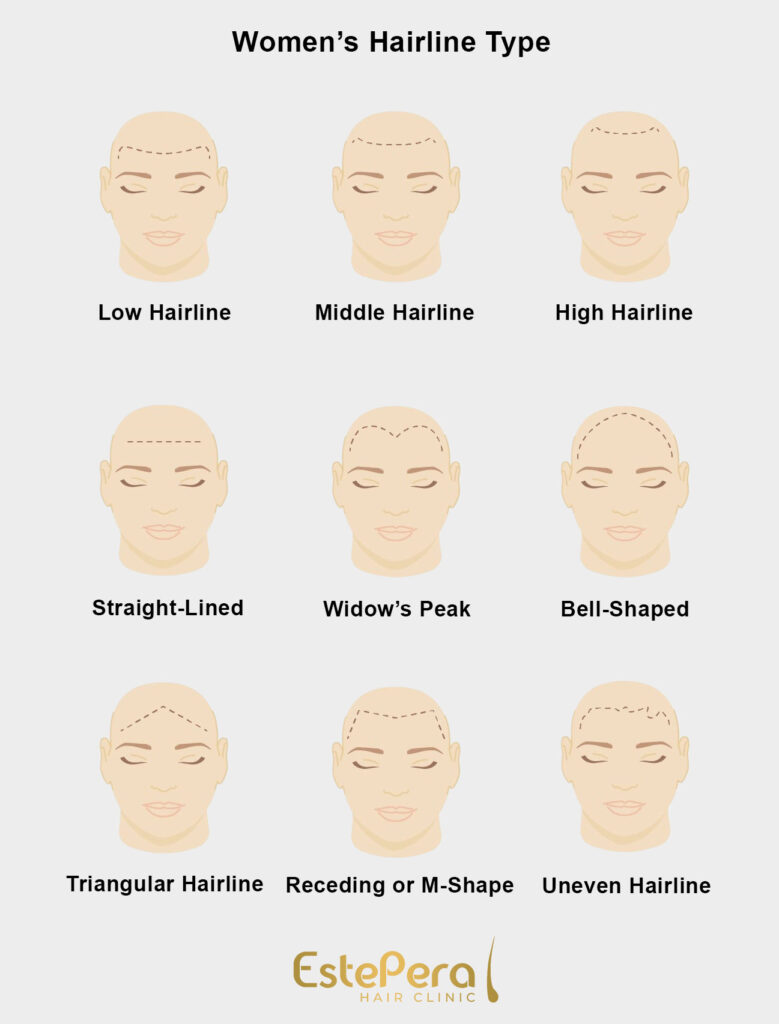
Female Hairline Types
Women’s hairlines are diverse and can be influenced by genetics, age, and hairstyling habits. While styling can often disguise or enhance the shape, understanding the natural categories is important.
1. Low Hairline
A low hairline sits closer to the eyebrows, giving the impression of a shorter forehead. Many women with this type enjoy a youthful look because the forehead appears smaller. However, styling options may sometimes feel limited.
Interestingly, starting with a low hairline can be advantageous since age-related recession may balance it over time.
2. High Hairline
A high hairline begins further up on the scalp, making the forehead appear longer. This type can be inherited genetically or develop as a result of hair thinning. Women with naturally high foreheads often choose hairstyles with bangs to create balance.
3. Middle Hairline (Average Hairline)
The middle hairline, also called a normal hairline, sits in the center of the forehead. This is one of the most common types and is usually considered balanced and symmetrical. Many women find this hairline versatile for styling.
4. Widow’s Peak
A widow’s peak forms a distinctive V-shape in the center of the forehead. This type can be inherited and is sometimes linked to genetic conditions, though in most cases, it’s simply a unique family trait. Widow’s peaks can look very elegant when styled correctly.
5. Triangular Hairline
Unlike a widow’s peak, a triangular hairline features a point or angle on one side of the forehead rather than in the center. In some cases, this may be caused by temporal triangular alopecia, but it can also be just a natural variation.
6. Uneven Hairline
Asymmetry is common in women’s hairlines. An uneven hairline might be slightly higher on one side or include zig-zag shapes. Pulling the hair tightly into ponytails or braids for years can worsen unevenness, leading to traction alopecia.
7. Bell-shaped Hairline
The bell-shaped hairline is smooth, curved, and symmetrical. It frames the face with soft lines and often makes the forehead look longer and oval-shaped.
8. Straight-lined Hairline
A straight hairline, also called a rectangular or juvenile hairline, runs evenly across the forehead. This type is more common in children and young adults but can persist into adulthood.
9. Receding or M-shaped Hairline in Women
Although less common than in men, some women experience receding hairlines. The temples may thin first, creating an “M” shape. This can occur due to menopause, hormonal fluctuations, or repeated chemical treatments. After pregnancy, some women also experience temporary temple hair loss.
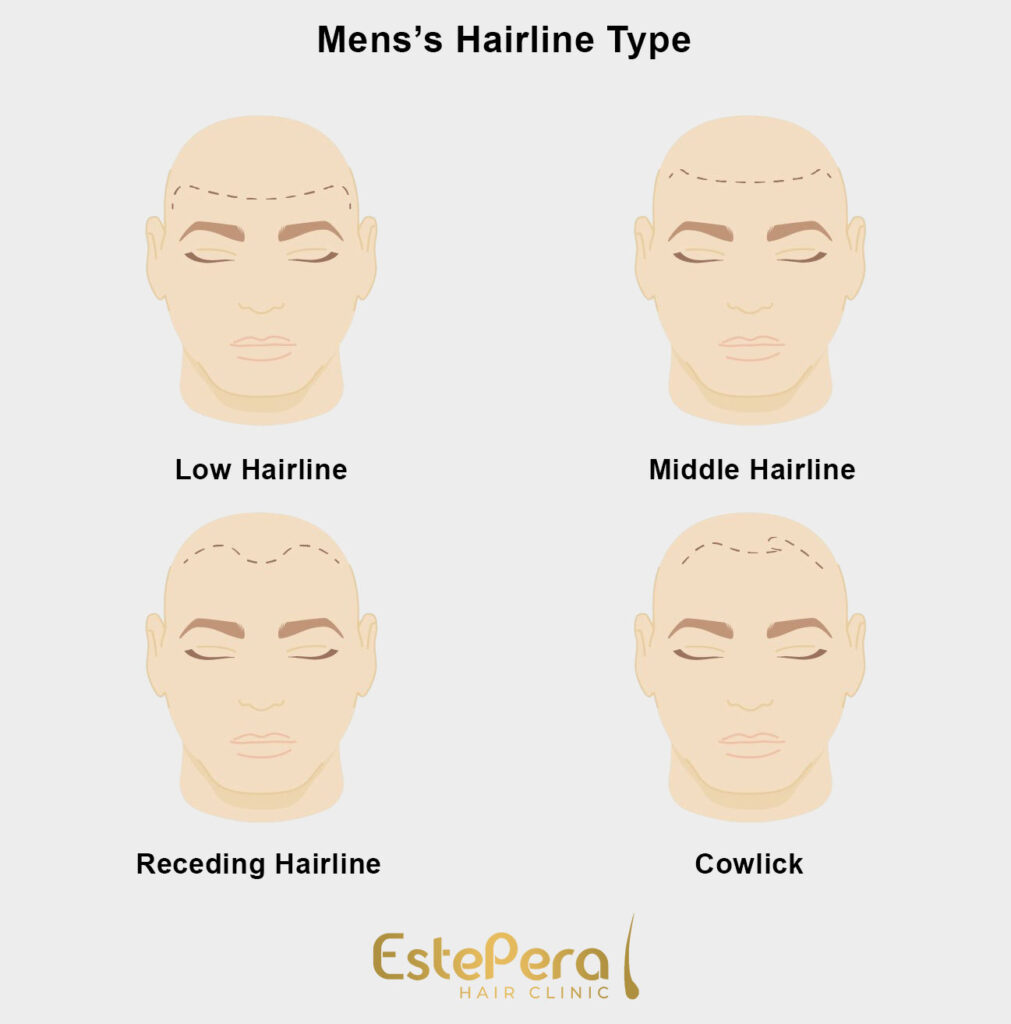
Hairline Types in Men
Men’s hairlines are often more prone to dramatic change over time, mainly due to androgenetic alopecia (male pattern baldness). While men can have any of the shapes seen in women, the following categories are especially common:
1. Low (Juvenile) Hairline
A low hairline in men often indicates youth. Boys and young men typically have straight, low hairlines, sometimes referred to as juvenile. Over time, this hairline may begin to recede.
2. Middle Hairline
The middle hairline is average in placement and proportion. It is often symmetrical but may have slight variations. This is common among men in their teens and twenties before significant hair loss occurs.
3. Receding Hairline (Male Pattern Baldness)
The most recognized type in men is the receding hairline, often beginning at the temples. Over time, this can progress into more advanced baldness. It’s largely hereditary and influenced by testosterone sensitivity.
4. M-shaped Hairline
A distinct M-shape forms when the hairline recedes deeply at both temples while remaining lower in the middle. This is often one of the first visible stages of male pattern baldness.
5. U-shaped Hairline
As recession progresses, the hairline may transform into a U-shape, with hair remaining only at the back and sides of the scalp. This is typical in advanced baldness.
6. Widow’s Peak in Men
Just like women, some men naturally have a widow’s peak. When combined with recession, it can make the V-shape more pronounced.
7. Cowlick Hairline
A cowlick is a swirl of hair that grows against the grain, often at the hairline or crown. While harmless, it can make styling challenging, especially for men with short hair.
Factors That Influence Types of Hairline Shapes and Change
Genetics – Family history strongly determines your natural hairline shape and whether it will recede.
Hormones – Testosterone and DHT play a key role in male hair loss; hormonal fluctuations impact women after pregnancy or menopause.
Aging – Natural aging thins hair density, often shifting hairlines backward.
Lifestyle Habits – Tight hairstyles, frequent chemical treatments, and chronic stress accelerate hairline changes.
Medical Conditions – Alopecia areata, traction alopecia, or skin disorders can alter the hairline.
How Hairlines Change Over Time
Men: Recession often begins in the 20s or 30s and progresses with age.
Women: Hairline changes are more subtle, often related to childbirth or menopause.
Aging: Both genders may notice hair density loss that makes the hairline look higher.
Hairline and Facial Aesthetics
The placement of a hairline dramatically affects facial harmony. Plastic surgeons often use the golden ratio when designing a new hairline during cosmetic procedures. A low or high hairline can change how balanced a face looks. Many patients seeking hair transplant surgery do so not just for hair density but to restore facial proportions.
Options for Altering or Correcting Hairlines
- Non-surgical & Styling
- Hairstyles (bangs, layers, fades)
- Shaving the head
- Tweezing stray hairs for evenness
Cosmetic Treatments
- Laser hair removal (for lowering high or uneven hairlines)
- Microblading (temporary filling for thin hairlines)
- Red light therapy (stimulates growth)
Permanent Solutions
Hair transplant surgery (FUE, DHI, or Sapphire FUE techniques)
Forehead reduction surgery (rare, surgical option for very high hairlines)
When to Consult a Doctor
If you notice sudden hairline changes, uneven loss, or significant thinning, consult a dermatologist or hair specialist. Sometimes, medications or underlying health issues are to blame. Early diagnosis increases the chance of slowing or reversing hairline recession.
Takeaway
Every person has a unique hairline, and no single type is more “normal” than another. Hairline types can change with age, lifestyle, and health factors. If you are happy with your hairline, styling can enhance it. If not, both cosmetic and medical options exist to reshape or restore it.
Estepera Hair Clinic: Expert Hairline Restoration in Turkey
For those unhappy with their hairline, hair transplant in Turkey has become one of the most effective and popular solutions worldwide. Estepera Hair Clinic, based in Istanbul, specializes in advanced techniques such as FUE, DHI, and Sapphire FUE. With thousands of successful procedures and a reputation for natural-looking results, Estepera helps patients restore both confidence and facial harmony. If you are considering improving your hairline, Estepera offers world-class expertise combined with personalized care.
Q: What are the most common hairline types in men and women?
A: The most common hairline types include low, high, middle (average), straight, bell-shaped, triangular, uneven, and widow’s peak. In men, receding and M-shaped hairlines are frequently associated with male pattern baldness, while women may experience more subtle variations influenced by genetics, hormones, and styling habits. Each type affects facial proportions differently, and understanding your natural hairline can help in choosing the right hairstyles or exploring treatments such as hair transplants if desired.
Q: Which hairline types are considered attractive?
A: Attractiveness is subjective, but symmetrical hairline types such as straight or bell-shaped are often seen as balanced with facial proportions. Widow’s peak hairlines are also considered striking. Ultimately, styling and personal confidence matter more than the specific shape of the hairline.
Q: Can hairline types change over time?
A: Yes, hairline types can change with age, genetics, and hormonal influences. Men commonly see receding patterns due to male pattern baldness, while women may notice changes after pregnancy, menopause, or long-term traction from hairstyles.
Q: How can I change my natural hairline type?
A: While you cannot completely alter your genetics, there are options for reshaping hairline types. These include strategic hair styling, laser hair removal (to adjust widow’s peaks or low hairlines), microblading, or permanent solutions like hair transplant surgery for restoring symmetry or density.
Instagram : @esteperahairclinic

 FR
FR ES
ES IT
IT DE
DE RU
RU PT
PT AR
AR RO
RO BG
BG MK
MK IL
IL GR
GR ID
ID SK
SK JP
JP CN
CN PL
PL KR
KR




















